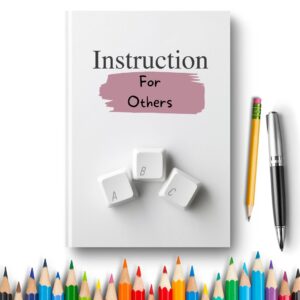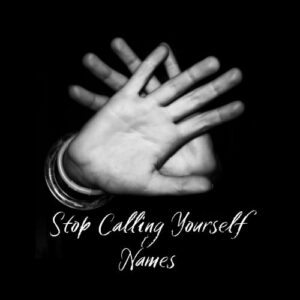The first step in solving a problem is to understand the problem.
You have to know what’s causing it to know what can solve it.
I’m going to introduce you to a tool called the STEDY Cycle. I use it regularly in my person and professional life. Taken from the work of Cognitive Behavioral Therapy, along with big thinkers like Brooke Castillo, David Burns and Byron Katie, there’s little here that’s original, but I’ve found it a powerful and underutilized resource of mental health worthy of a fresh take.
Let’s begin with a breakdown of the acronym.
S = Situation
T = Thought
E = Emotion
D = Doing
Y = Your outcome
Part of the problem with problems is they have so many variables, often coming at us from many angles. It’s hard to create order in our minds on the level of mind under these conditions. Our brains are wired with all kinds of biases and distortions that are amplified under stress. The STEDY Cycle is a way to organize and categorize what’s going on in a way so we can see the bigger picture with some objectivity.
“Trying to understand our minds from the inside of our mind is like trying to read a label from the inside of a bottle.” – Jody Moore
To bring this to life, let’s imagine the problem is that you don’t eat as healthy as you want. Let’s say you’ve been wanting to make changes in yours and your family’s food choices for a long time, but with can’t seem to figure out how. You think about it a lot, but nothing changes.
Now let’s try to first understand the problem by breaking it down using the STEDY Cycle. If you’ve been reading my blogs, you already know the difference between a situation and a thought; but let’s review the distinction in the context of this problem:
A situation where you identify the facts of a circumstance. When it’s a broad stroke kind of problem like in this case, it’s helpful to get very fine-grained by describing the situation as a specific moment in time. In this case, it might be narrowing in on a particular meal, such as the following:
Situation: Family dinner on Tues. Two cans corn, left-over barbecue ribs with extra barbecue sauce all heated in microwave served with pre-packaged potato salad and store-bought sweetened iced tea.
The situation in this case are the items of food consumed and these are neutral until we have a thought about it. If we asked 20 people for their take on this meal, they’re each going to have thoughts about it; some might say it’s a feast, others will say it’s unappetizing. But let’s say your thought is this:
Thought: I wish we ate healthier than this.
And when you think this thought you feel this:
Emotion: Disappointed
Our emotions are what fuels all our actions, both internal and external. So when you feel disappointed, what do you do and not do? It might look something like this:
Doing: You think about all the other evidence for your disappointment like unhealthy food in the pantry and the many unhealthy things you’ve been serving lately. You chastise yourself for not doing something about it and then blame your partner in your mind for not being more helpful. You don’t enjoy your meal and just want to get it over with so you can stop feeling bad. What you don’t do is think about how you could add other food options you consider healthy and tasty in the future. You don’t think of ideas to add to your next grocery run. You don’t ask your partner or your kids for some creative ways to make changes you want. You push the problem away as soon as possible so you don’t feel so bad and thereby don’t allow space to consider other ways to approach it. The disappointment that’s created from your wish thought also keeps you disconnected from your responsibility in the situation and leaves you in a passive position where you inevitably feel at the effect of circumstances beyond your control.
What you do and don’t do, both in your mind and in your actions, will create the result you get and this is your outcome and it’s what completes the cycle.
Merriam-Webster defines a cycle as, “an interval of time during which a sequence of a recurring succession of events or phenomena is completed or a course or series of events or operations that recur regularly and usually lead back to the starting point.”
Your outcome is going to circle back to your thought by either providing evidence for it or reinforcing it in some way. In this case, it’s safe to say that the outcome is that the wish for change is actually keeping you stuck. When you have the thought, it leads to feeling disappointed in your food choices and yourself and keeps you cycling in the same spin.
Now that we have a better idea of what’s causing the problem and why, we can use this same tool to create a fresh cycle for problem solving. Check out How To Solve A Problem Part 2 for more details on this.



